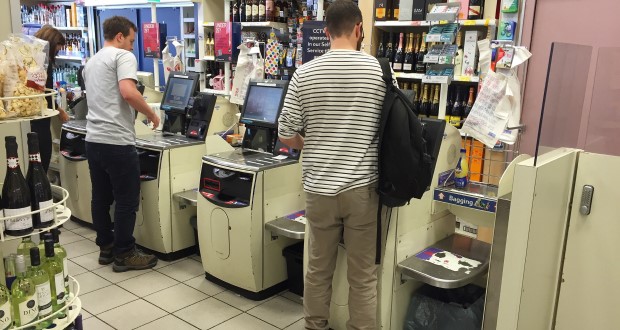Delving into the nuances of in-person shopping experiences, more specifically into the grievances UK consumers have when shopping in-store, YouGov conducted a survey, polling 2,074 UK adults.
More than a third of UK adults (36%) say a lack of stock or empty shelves has bothered them in the last 12 months. Following closely, 29% of respondents have been annoyed by waiting in line to pay for their items, and an equal percentage (29%) have run into issues with shops not stocking products they have seen online.
Self-checkout proves to be a source of annoyance for more than a quarter (27%) of UK adults, while 26% find the requirement to pay for bags bothersome.
Staff members with insufficient knowledge about the products on sale have been a grievance for 21% of respondents.

Differences emerge when digging into the gender dynamics. Women (41%) express more dissatisfaction with empty shelves compared to men (32%).
On the flip side, waiting in line is more irksome for men (31%) than women (28%). Yet, for issues like self-checkout, paying for bags, staff knowledge, messy merchandising, and staff shuffling, minimal gender disparities exist.
Shifting focus to age groups, dissatisfaction with empty shelves peaks among the 35-44 and 45-54 age groups (41% each). Paying for bags is more irksome for the 25-34 age group (32%), while waiting in line vexes 29% of the 45-54 age group and 31% of those over 55.
The use of self-checkout becomes progressively more bothersome as age increases, peaking at 34% for the 55+ age group.
Messy merchandising is a relatively consistent concern across age groups, with a slight increase among those between 45 to 54 years (21%).
The lack of staff knowledge about products on sale annoys 27% of consumers over 55 years.
 Talking Retail Grocery and product news for independent retailers
Talking Retail Grocery and product news for independent retailers






